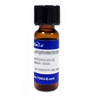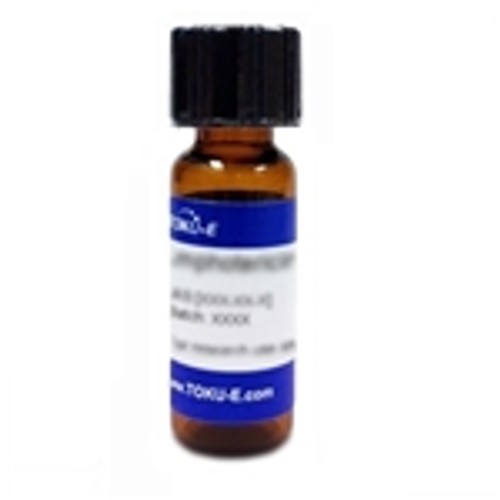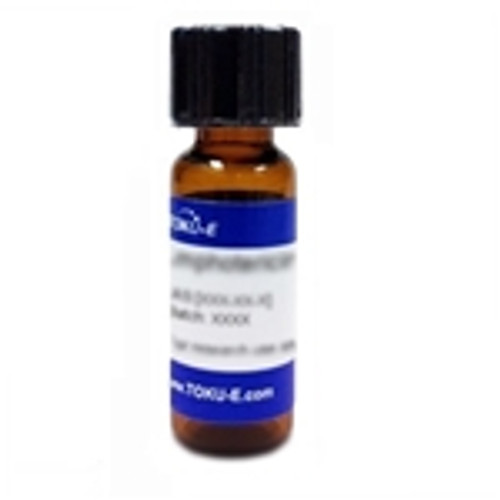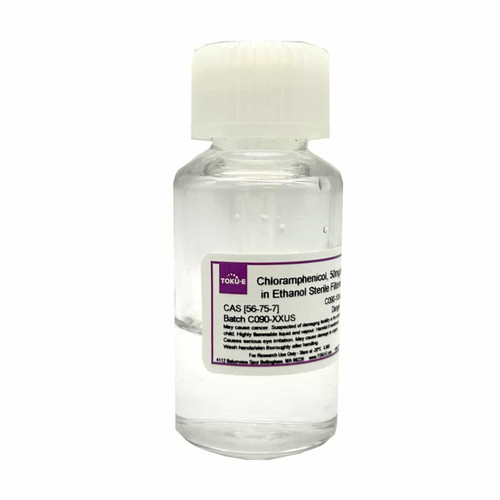Chloramphenicol Succinate Sodium is prepared from Chloramphenicol succinate using the free carboxylic acid form which ionises and readily forms in weak sodium hydroxide solutions. The sodium salt is the preferred formulation in pharma research, providing a more readily soluble product. Chloramphenicol succinate is significantly less active than Chloramphenicol but acts as a prodrug, forming chloramphenicol in the presence of succinate dehydrogenase.
Chloramphenicol Succinate Sodium is soluble in ethanol, methanol, DMF and DMSO.
We also offer:
- Chloramphenicol, USP (C028)
- Chloramphenicol Solution (50 mg/ml)(C090)
- Chloramphenicol Palmitate (C168)
- Chloramphenicol Succinate (C169)
- Chloramphenicol Acetate (C172)
| Mechanism of Action | After entering a bacterial cell, Chloramphenicol reversibly binds to the peptidyltransferase center at the 50S ribosomal subunit of 70S ribosome, preventing peptide bond formation. Resistance to Chloramphenicol may be due to decreased cell permeability or a mutation in the 50S ribosomal subunit. |
| Spectrum | Chloramphenicol is effective against Gram-positive and Gram-negative bacteria, both aerobic and anaerobic bacteria. It is also effective against Mycoplasmas, Chlamydiae, and Rickettsiae. |
| Microbiology Applications | Chloramphenicol is commonly used in clinical in vitro microbiological antimicrobial susceptibility tests (panels, discs, and MIC strips) against Gram-positive and Gram-negative microbial isolates. Medical microbiologists use AST results to recommend antibiotic treatment options. Representative MIC values include:
Bacterial resistance to Chloramphenicol is enzymatic inactivation by acetylation via different types of chloramphenicol acetyltransferases (CATs), and this feature has been exploited for gene selection. Chloramphenicol is routinely used to select for transformed cells that express the Chloramphenicol resistance gene, cat. Chloramphenicol is used as a selective agent in: Dermasel Agar - Dermasel Selective Supplement. Selection of dermatophyte fungi from hair, nails, and skin scrapings. Chromogenic Candida Agar - Candida Selective Supplement |
| Plant Biology Applications | Chloramphenicol is gene selection agent for resistant plants containing the cat gene. Chimeric genes made up of the nopaline synthase promoter and bacterial coding sequences that specify resistance to Chloramphenicol were inserted into a Ti plasmid vector and used to transform tobacco protoplasts. The use of a non-oncogenic Ti plasmid was used and phenotypically normal fertile plants regenerated from the resistant calli, thus providing a natural environment for studying gene expression and development of plant cells (De Bloc et al, 1984). |
| Cancer Applications | Researchers at the University of Manchester, UK found a conserved phenotypic dependence on the biogenesis of mitochondria for the expansion of cancer stem cells. Since Chroramphenicol can inhibit mitochrondrial biogenesis, it was found to inhibit tumor-sphere formation in MCF7 cells. This approach is mutation-independent, and treats cancer like a single disease of ‘stemness’, independent of tumor type. This approach was successful in vitro with 12 different cancer cell lines, across 8 different tumor types (breast, DCIS, ovarian, prostate, lung, pancreatic, melanoma, and glioblastoma (brain) (Lamb et al, 2015). |
| Molecular Formula | C15H15Cl2N2O8Na |
| References | Ambekar CS et al (2004) Chloramphenicol succinate, a competitive substrate and inhibitor of succinate dehydrogenase: possible reason for its toxicity. Toxicol. in Vitro 18: 441-447 PMID 15130601 De Bloc M, Herrera-Estrella L, Van Montagu M, Schhell J, and Zambryski P (1984) Expression of foreign genes in regenerated plants and in their progeny. EMBO Journal 3(8):1681-1689 Lamb, R et al (2015) Antibiotics that target mitochondria effectively eradicate cancer stem cells, across multiple tumor types: Treating cancer like an infectious disease. Oncotarget 6(7):4569-84. PMID 25625193 Li W, Ruf S and Bock R (2011) Chloramphenicol acetyltransferase as selectable marker for plastid transformation. Plant Mol Biol 76:443–451 PMID 20721602 Schwarz S, Kehrenberg C, Doublet B, Cloeckaert A (2004) Molecular basis of bacterial resistance to chloramphenicol and florfenicol, FEMS Microbiol. Rev. 28(5):519–542 PMID 15539072 Sharma KK., Bhatnagar-Mathur P. and Thorpe TA. Genetic transformation technology: Status and problems. In Vitro Cell. Dev. Biol.—Plant 41:102–112 |








